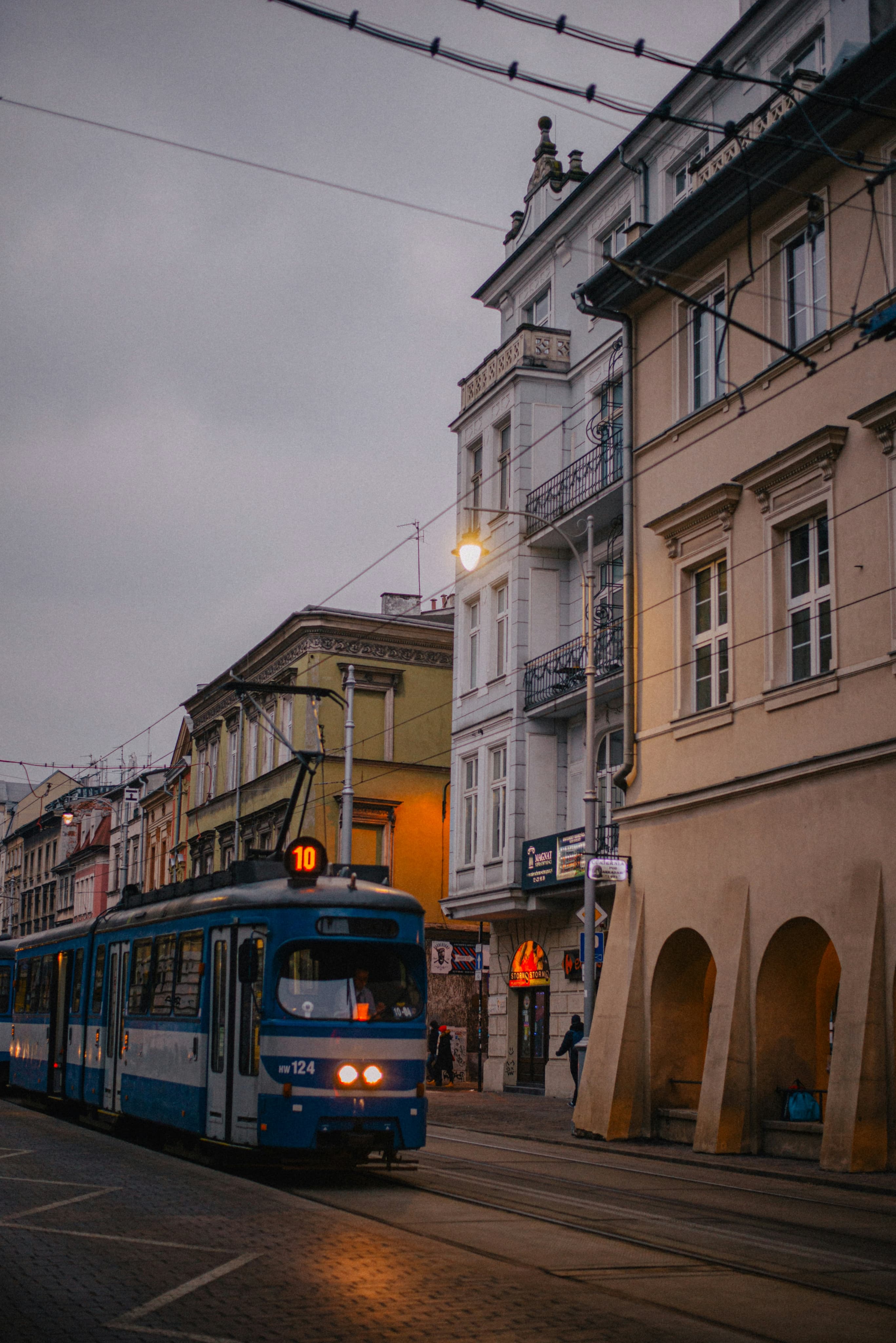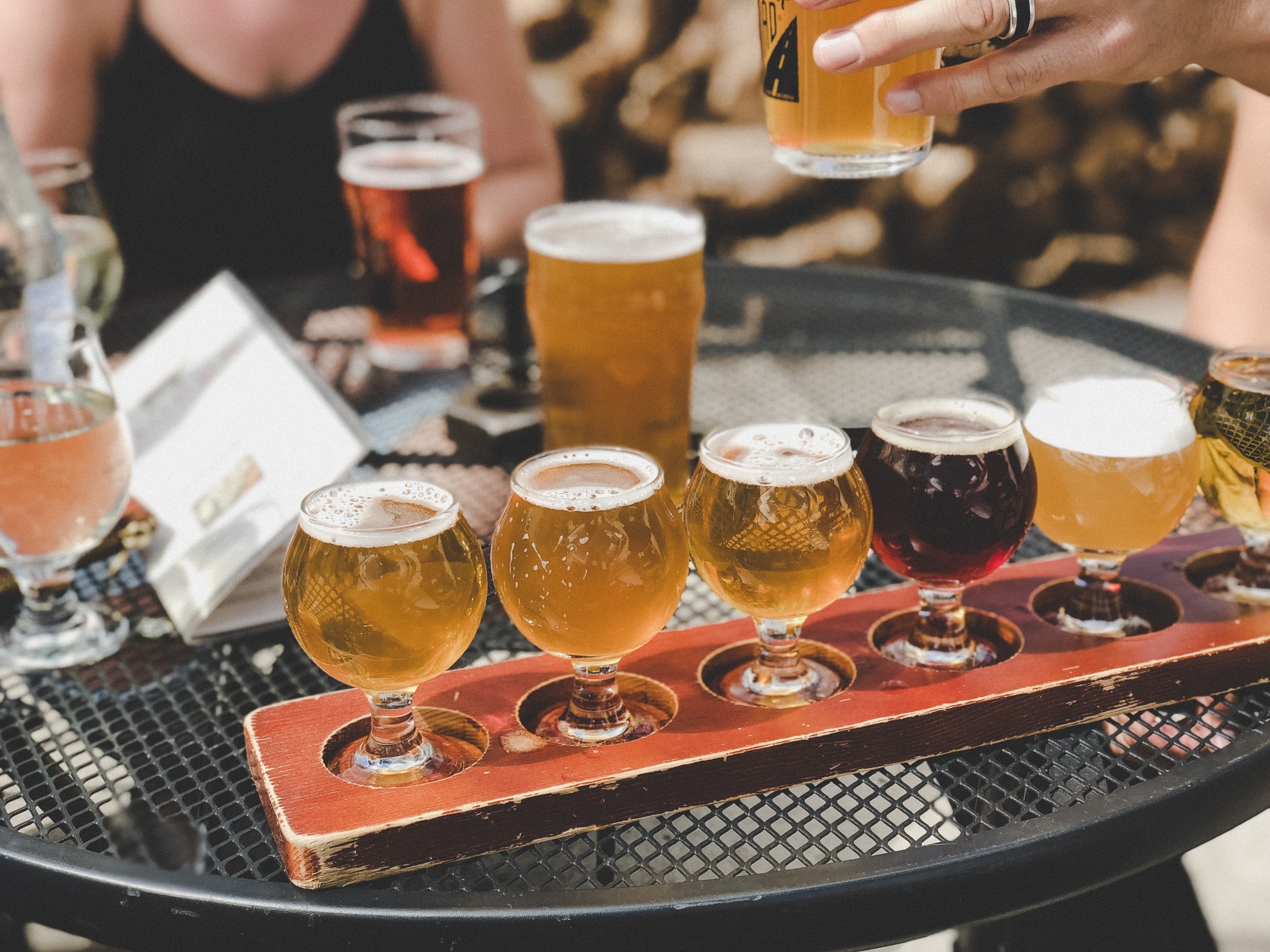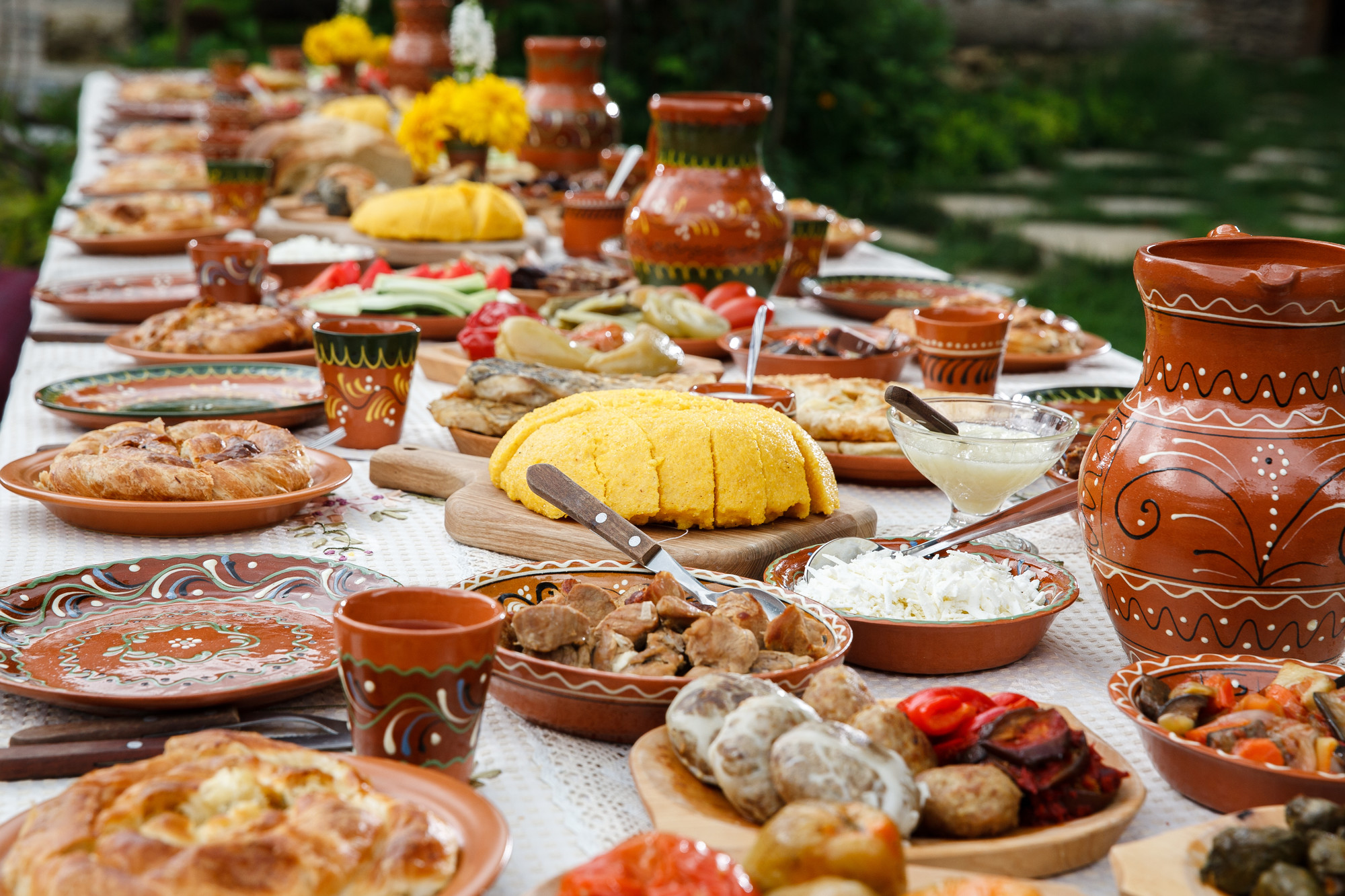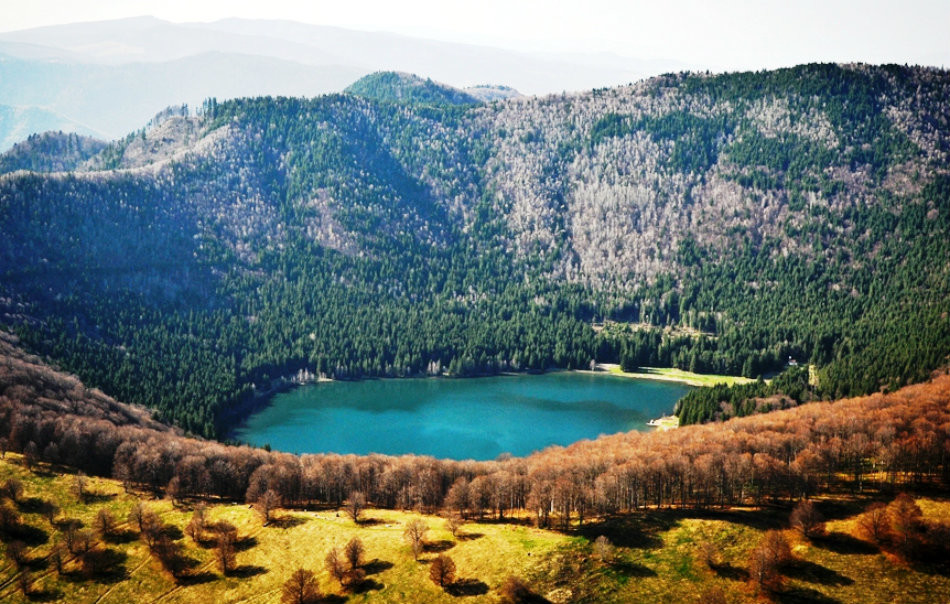Romania in fact has a long and proud history of brewing beer, going back to the early 18th century. Even during the leaner years of communism there were as many as 120 breweries around the country, a number which began to fall only after the revolution of 1989, dipping to as low as just 20 or so in 2012. It’s astonishing given the variety now available to discover that just five years ago the only beers made in Romania were mass-produced by mega-breweries, almost all of which were foreign-owned. That’s not to say, however, that you couldn’t get a decent pint. More than a couple of the mass-market Romanian beers are good, with Ursus (SAB Miller) probably the most popular (although far from the best). Indeed, if you ask ten locals ‘What’s the national beer?’, chances are nine will answer Ursus. Contrary as we are, we have always preffered the Heineken-owned Ciuc, as well as the Ursus stable-mate Timisoreana. Other popular beers which you will immediately spot as being ubiquitous include Tuborg (Carlsberg), Bergenbier (Interbrew) and the slightly less common Silva, Ciucas (brewed in Brasov and very good), Azuga and Stejar.
For years however, real connoisseurs always had to go for an imported drop if they wanted something a bit different. Heineken, Carlsberg, Peroni, Leffe, Hoegaarden and Stella Artois are all popular in Romania, as is Guinness, a huge hit from the moment it first arrived in the 1990s, despite it being relatively expensive.
One of the leading lights in Romanian beer culture - at least in Bucharest - has for the past few years been the tiny pub Beer O’Clock, in Pasajul Villacrosse on the edge of the Old Town. Stocking a huge range of beer from all over the world Beer O’Clock reintroduced the idea of beer being more than lager to a willing crowd of Bucharest drinkers. Still going strong today, it has been joined by a larger venue on Strada Gabroveni, as well as a couple of other pubs doing much the same thing: bringing decent beer to the Bucharest masses.
It is the growth in craft beers however which has changed the game, and quickly. Zaganu began selling its first beer in October 2013: a lager and a brown ale, both unpasteurised and both produced in small quantities at the firm’s factory in the mountains near Cheia, not far from Brasov. Sold at first in just a few carefully selected venues in Bucharest and Brasov, it became an instant hit amongst craft beer drinkers who had been starved of the real thing for so long. Zaganu has since added an IPA and a Belgian-style red ale to its portfolio, and can now be found in any Bucharest bar or pub worth the name, as well as Mega Image and a few other supermarkets. It is still carefully rationed however: Zaganu only bottles or barrels its beer to order.
Sikaru, founded in 2015, is another craft beer maker of note, producing a number of fresh, unpasteurised, unfiltered ales in its Bucharest brewery. Characterised by its colourful, artisanal labels (specially designed to fit with the Sikaru concept) you will find, as with Zaganu, find SIkaru beer in most good pubs and supermarkets. Its newest beer, a summer ale, is - according to an expert on this subject whose opinion we value above most others - ‘the best Romanian beer I've drunk in 13 years of extensive testing.’ High praise indeed.
Clarks, produced in Romania with 100 per cent Romanian apples by, of all things, a Scotsman, is the country’s first real cider. Clarks appeared on the market just as Romania was getting a taste for cider, or at least what is marketed as such. Strongbow, Kopparberg, Old Mout and a couple of local mass-produced drinks (Cidru Mandru, Dacic) all appeared with much fanfare on supermarket shelves almost overnight, but as they are all carbonated none - according to the Campaign for Real Ale (CAMRA) - are actually recognised as being real cider. That put Clarks - which is very much the real deal, available dry, medium dry or medium sweet - in pole position. It is still, as far as we are aware, one of only two real ciders produced in Romania (the other is the equally worthy Livada Secreta). Available bottled in selected pubs and shops, we have recently seen Clarks appear on tap in a couple of establishments: Mojo on Strada Gabroveni is one of them. If you get the chance, taste it.
Other craft brews to look out for include (but are certainly not limited to) the following: Ground Zero (which produces three pale ales of varying strength, its Imperial Indian Pale Ale is, at nine per cent, incredibly potent); Nemteana, a light, unfiltered lager brewed in Neamt county in the north of the country. Nemteana will also soon launch a brown ale.






